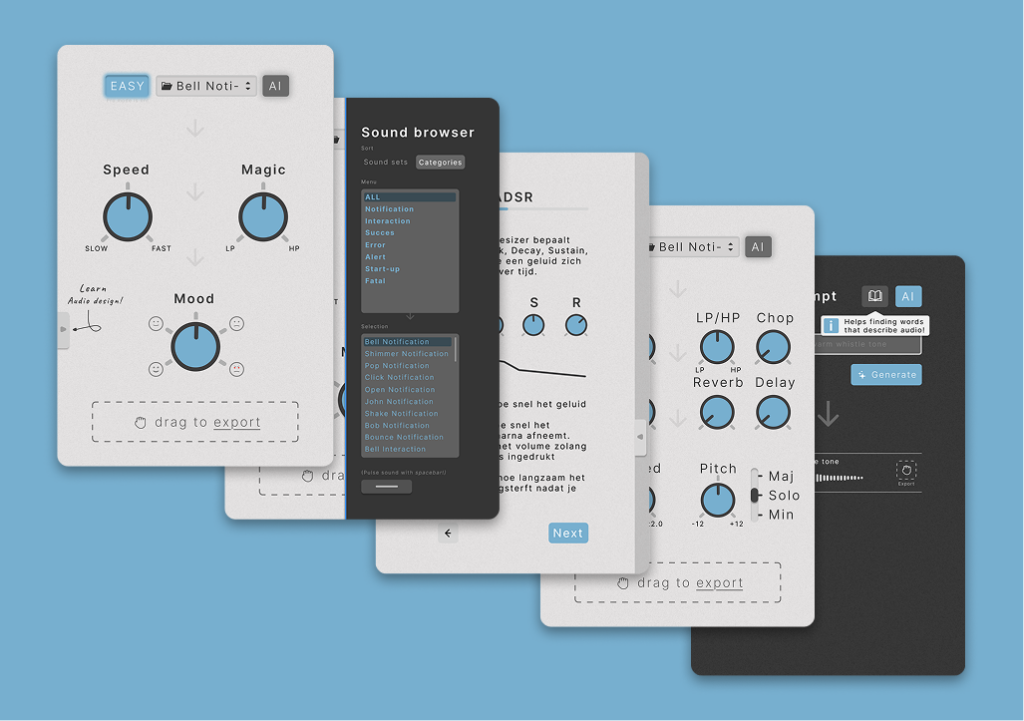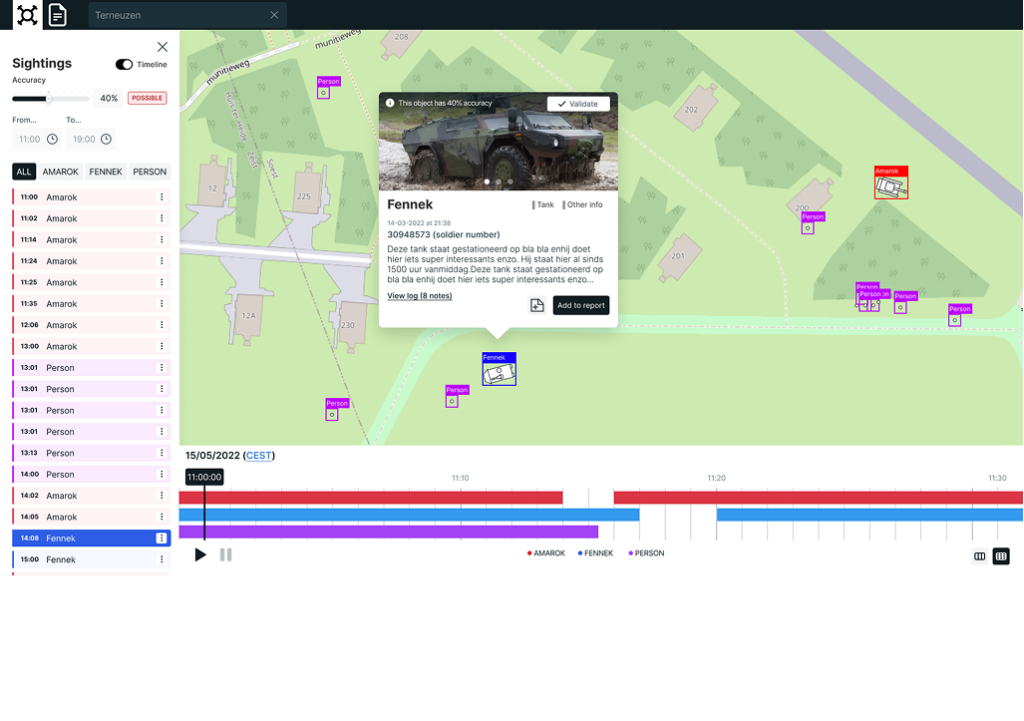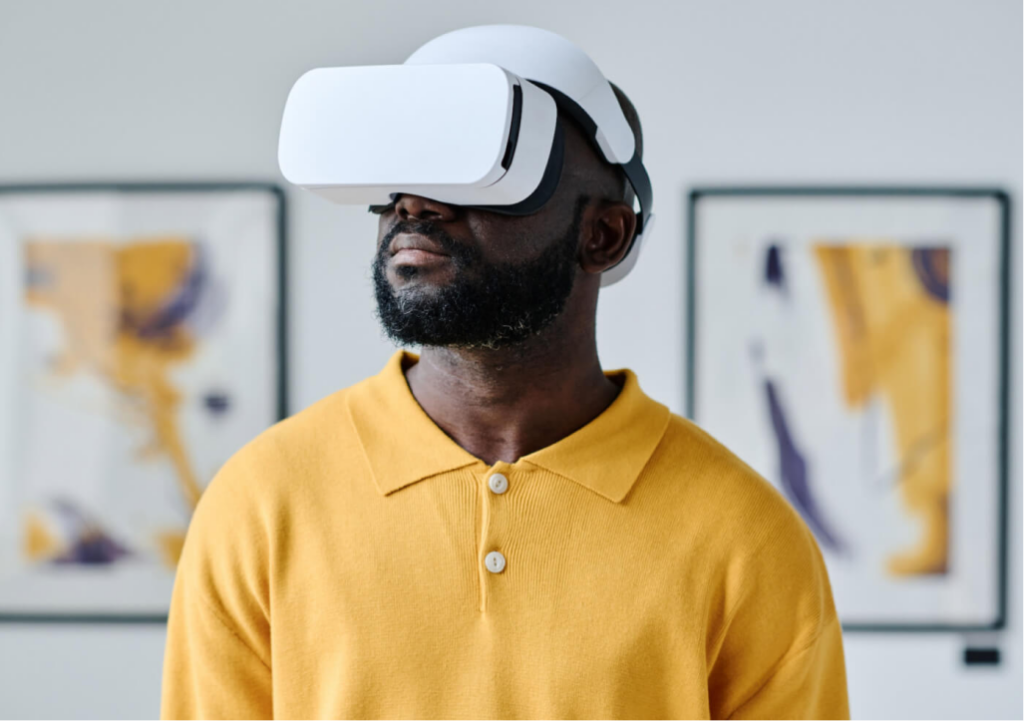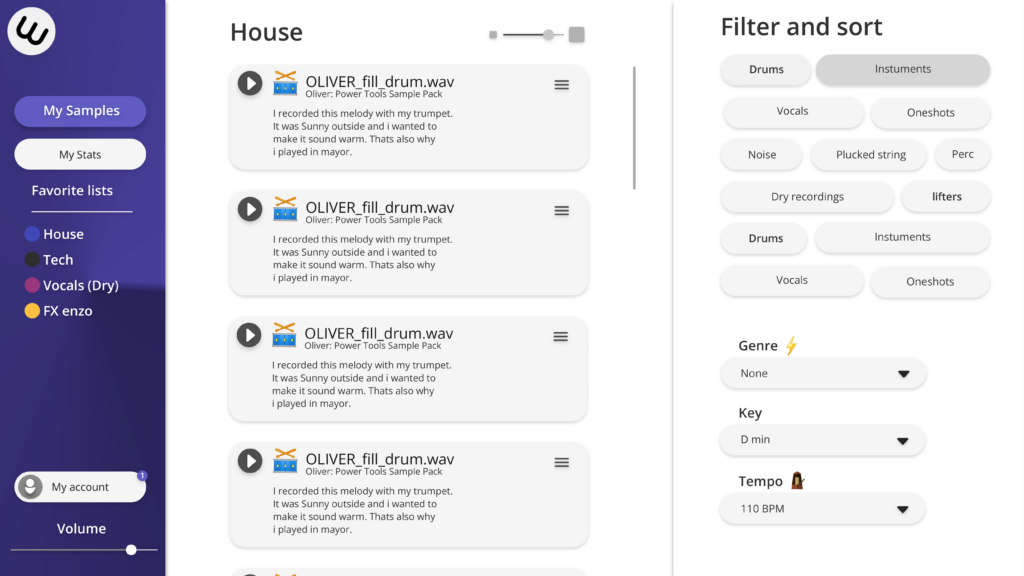
Mick
Oost Lievense
UX for Sound Design
‘Hoe kan een digitale applicatie UX/UI-designers zonder audio ervaring helpen bij het ontwerpen en aanpassen van professionele audio en bijdragen aan het leren over audio design?’

During my bachelor graduation project, I explored why designing sound for digital interfaces is so challenging for UX/UI designers — and more importantly, how it can be made easier.
Although sound plays a vital role in user experience, many designers tend to overlook it. The main reasons? A lack of knowledge, limited experience, and overly complex tools.
Through literature research, interviews, and a survey among (mostly CMD) designers, I developed an accessible audio tool that enables users to create, customize, and export high-quality sounds — without needing any technical expertise.
The tool was designed with simplicity at its core: a clean interface, minimal controls, and familiar terminology. With multiple modes (Easy, Pro, AI, and Learn), users can either get started quickly or dive deeper into the world of sound design.
Observa-tiedrones UI
Observatiedrones UI
Project for RebelsLab, Eyeplane & Ministry of Defence

During my internship at RebelsLab, I collaborated with my supervisor and the company Eyeplane to develop an interface for a drone observation application. The application was designed for an observation drone equipped with an AI-powered camera capable of detecting and tagging “zebras” on a live map interface that we developed. The system provided real-time feedback on the AI’s detection and displayed relevant metadata for each sighting, including coordinates, timestamp, and accuracy level. This made it easy to interpret and validate the observations efficiently.
Immersive experience
Manipulating light, with audio.

As my studies progressed, I began to feel the need to move beyond flat, two-dimensional interfaces. I wanted to design experiences that weren’t limited to a screen. That’s why I started experimenting with spatial and physical interfaces, connected to an immersive studio environment. Using sensors and triggers, I designed interactions that could activate responses within the space.
In this particular project, I designed a mobile drumpad interface that allows users to control both sound and lighting within an immersive room environment. The room was equipped with five projectors, each programmed to project a specific color onto the walls in response to individual sound samples triggered by the user. This setup enabled users to create a dynamic audiovisual experience, effectively performing a live light show while experimenting with sound.
Webdesign
Designs for several websites

One of my favorite web-design projects was lichtgeluidhuren.nl, a platform I created together with a team for Luxonos, aimed at attracting private customers.
The website allows users to easily rent lighting, sound equipment, and related services. Once a request is submitted, the data is automatically processed in Luxonos’ rental management system, Rentman, and then picked up by an account manager. This streamlined approach makes the rental experience simple and efficient for both the customer and the company.
VR Research
'How long can a user hold a controller button down when drawing in a VR experience without becoming uncomfortable?'

In the third year of my studies, I took a minor in Virtual Reality, where I combined hands-on creation with in-depth research. During this time, I developed several immersive experiences — experimenting with interaction, storytelling, and user perception in virtual environments. Alongside the creative work, I also explored the theoretical side of VR, diving into topics like presence, usability, and the psychology behind immersive design.
Sample Search Gamifi-cation
Sample Search Gamification
Project for a more creative audio sample search

Every musician knows the feeling: you’ve exhausted your sample library and crave something new. But finding that one perfect sound can be a slow, expensive, and uninspiring process — one that often kills creativity in seconds. What if discovering new samples could be fun, free, and actually boost your inspiration?
Wingman is a project I developed for the Amsterdam University of Applied Sciences (HvA), aimed at improving the way musicians collect audio samples through gamification. I designed it to be useable 'cross-platform' (Phone to PC) and it turns browsing for sounds into a playful, engaging experience.
With Wingman, musicians can search for samples out in the real world using their phone. As they walk through different areas and move closer to sound markers on the map, they gather inspiration in a more dynamic and engaging way than they would behind a desk.
Users can also record and drop their own samples for others to discover — turning the city into a shared, ever-growing soundscape.